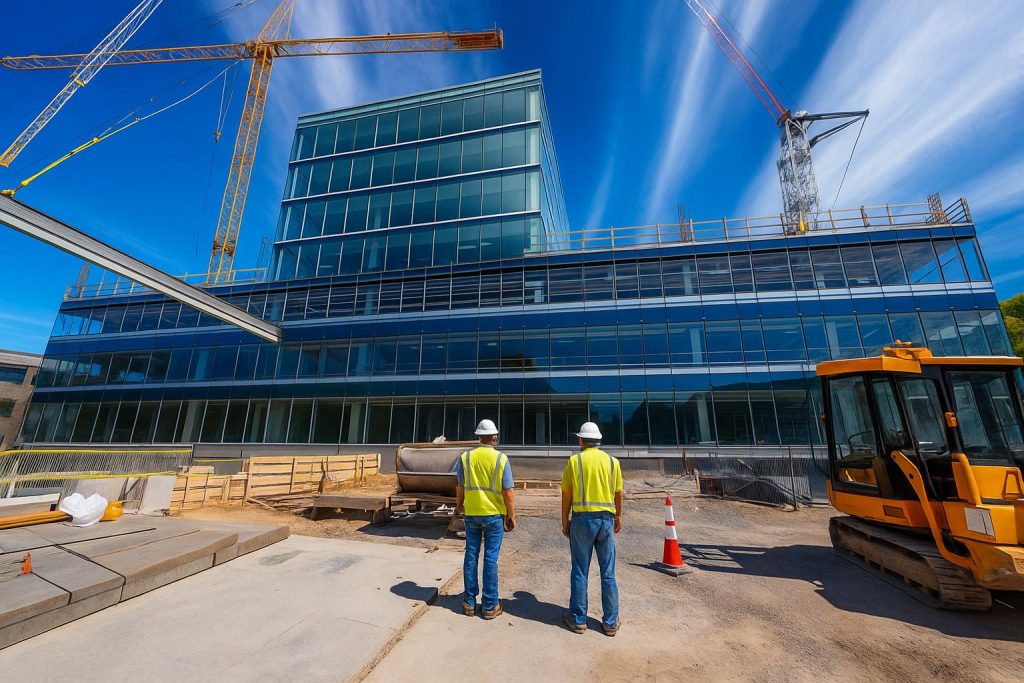Building a hospital is not a scaled-up version of a commercial project; it’s a mission-critical exercise where mistakes don’t just cost money, they cost lives. This is where hospital construction differs fundamentally: every decision made on the blueprint affects patient safety, clinical flow, and operational resilience.
Only a professional company with specialised healthcare expertise can meet these demands with the depth they require.
Healthcare Infrastructure Is a System, Not Just a Structure
Professional companies don’t just pour concrete; they map how a surgeon moves, how gurneys turn corners, and how infection zones are isolated in seconds. They reverse-engineer the building from real clinical workflows. This level of system thinking is absent in general contractors, resulting in inefficiencies that compound post-occupancy.
Compliance Isn’t an Obstacle, It’s the Blueprint
Most firms view regulatory compliance as a hurdle; healthcare builders see it as a structural guide. In hospital projects, failing to embed infection control, accessibility, and fire code features from the outset leads to redesigns that drain budgets and stall operations. Professionals preempt these challenges, not react to them.
Operational Downtime Is the Hidden Cost Most Overlook
Inexperienced builders often get the structure right, but the handover process wrong. Hospitals can’t afford prolonged commissioning periods, misaligned utilities, or delayed occupancy certificates. Professional companies bake in redundancy planning, phased commissioning, and user training to ensure clinical teams walk into a building that’s ready, not one that’s almost ready.
Hospital Construction Projects Demand Futureproofing
A general contractor might meet today’s functional needs, but what about tomorrow’s medical technologies or unexpected surges in patient volume? Experienced healthcare builders leave intelligent infrastructure pathways space for robotic equipment, adaptable ICU setups, and modular operating theaters so hospitals evolve without being torn apart.
Cost Is Not About the Quote, It’s About Lifecycle Value
Yes, professional builders might come at a premium, but the ROI isn’t in the bricks; it’s in the years of uninterrupted service, optimised maintenance, and reduced energy and retrofit costs. Many budget-driven decisions look affordable on day one but bleed capital over decades.
Real Accountability Doesn’t End at Handover
A professional company doesn’t disappear once the ribbon is cut. They support hospital administrators with operational training, maintenance documentation, and post-occupancy tuning. This ongoing relationship ensures the building performs like a clinical instrument, not just a shell.
In short, hospital construction isn’t about building big; it’s about building right, at a level where no shortcuts are tolerated. Hiring a seasoned professional is not a preference. It’s a prerequisite for safe, sustainable healthcare delivery.

